Why an Electric Toothbrush is Ideal for Braces Wearers
Electric toothbrushes are an excellent choice for people with braces. Their advanced features ensure thorough cleaning around the brackets and wires. Using an electric toothbrush can help maintain gum health and prevent cavities during orthodontic treatment.
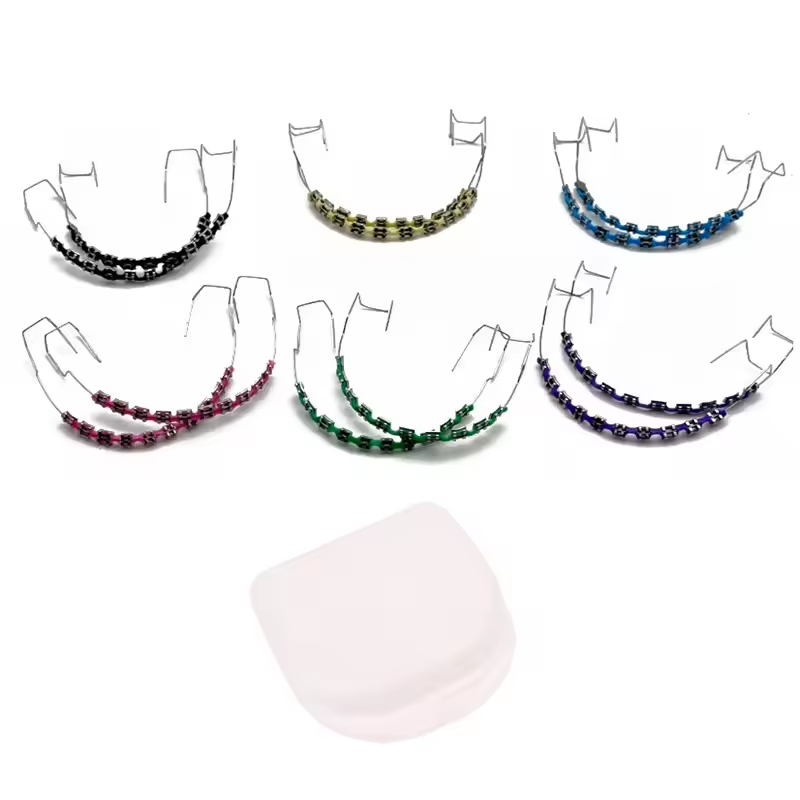
Benefits of Electric Toothbrushes for Oral Hygiene with Braces
- Enhanced Plaque Removal: Electric toothbrushes remove more plaque compared to manual ones. This is especially helpful around braces, where plaque can accumulate easily.
- Brushing Timer: Many electric toothbrushes have built-in timers. This encourages users to brush for the dentist-recommended two minutes.
- Vibration Technology: Sonic and oscillating brushes gently and effectively clean around brackets and wires.
- Reduced Risk of Gum Issues: Consistent cleaning prevents gum swelling, a common problem for braces wearers.
- Ease of Use: Electric toothbrushes do most of the work, making brushing more comfortable for those with braces.
Comparison with Manual Toothbrushes for Braces Users
- Precision Cleaning: Electric toothbrushes are more precise than manual ones. This is crucial for braces wearers to clean around tight spots.
- Consistency: Electric toothbrushes maintain consistent motions, while manual brushing varies by user effort.
- Less Strain: Using a manual toothbrush with braces can feel tedious. Electric toothbrushes simplify the process.
- Effectiveness in Hard-to-Reach Areas: The small brush heads and advanced designs of electric toothbrushes access areas a manual toothbrush might miss.
- Dental Professional Recommendation: Many orthodontists advise using electric toothbrushes for superior oral care with braces.
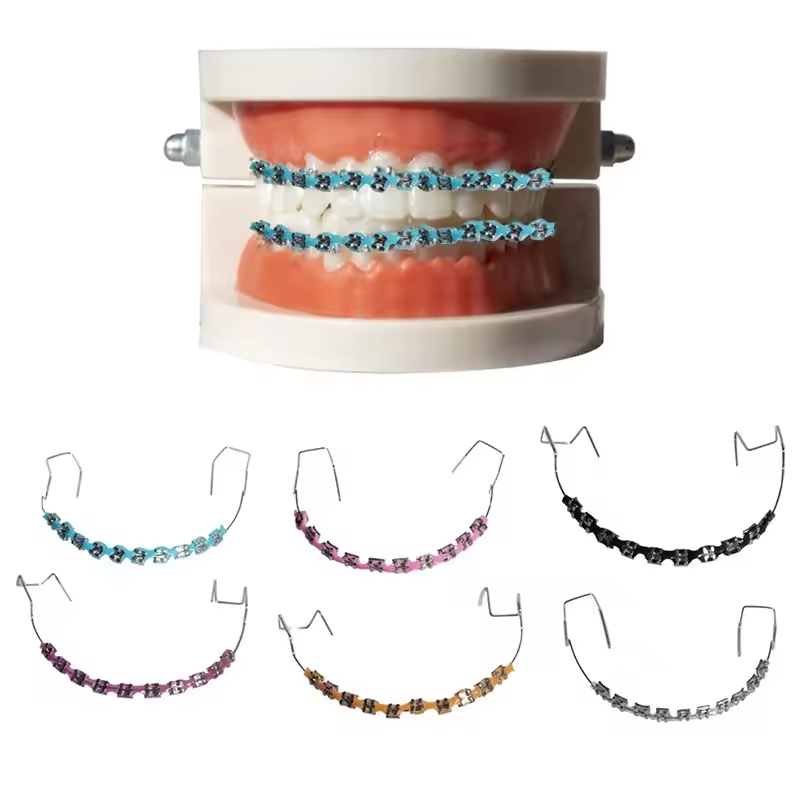
Key Features to Look for in an Electric Toothbrush for Braces
When choosing the best electric toothbrush for braces, focus on features tailored to orthodontic needs. These features ensure effective cleaning while preventing damage to brackets and wires. Below are the most important attributes to look for:
Soft Bristles and Gentle Cleaning Modes
Soft bristles are essential for braces wearers. They reduce the risk of damaging brackets and wires. Look for brushes with gentle cleaning modes. These modes minimize the force on your teeth and gums. This is especially helpful for sensitive areas around braces.
Interchangeable Brush Heads for Precision Cleaning
Electric toothbrushes with interchangeable heads offer better precision. Smaller brush heads can reach tight spots. They clean effectively around brackets and wires. This feature allows customization for specific oral care needs. Replacing heads regularly ensures consistent cleaning performance.
Battery Life and Charging Options
Long-lasting battery life makes electric toothbrushes more convenient. Opt for models with rechargeable batteries. Some brushes come with travel cases and USB charging options. These features are useful for on-the-go users. Reliable power ensures uninterrupted oral hygiene routines.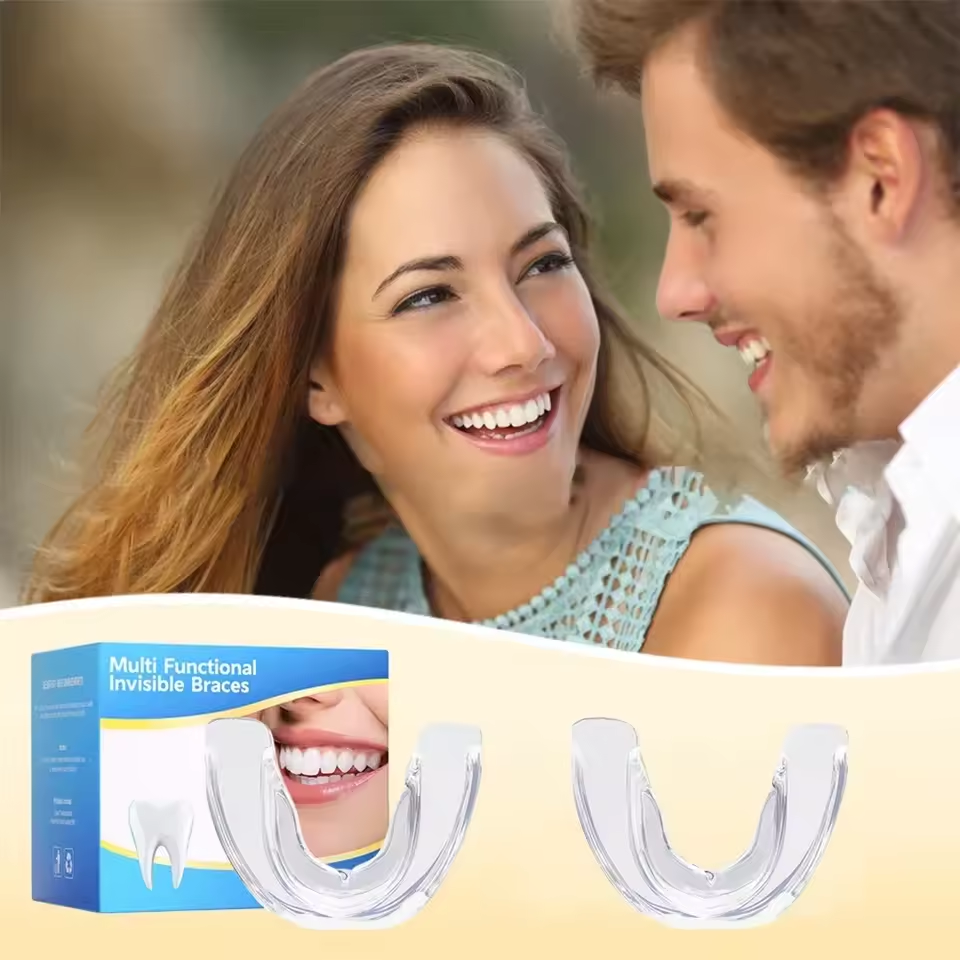
Top-Rated Electric Toothbrushes for Braces
Finding the best electric toothbrush for braces ensures effective and safe oral hygiene. Below are some top-rated options tailored to orthodontic needs. These recommendations cater to different budgets and preferences.
Best Budget-Friendly Options
- Oral-B Vitality: Affordable yet effective, it features a round brush head for thorough cleaning. Its oscillating action targets plaque, making it ideal for braces.
- Philips Sonicare DailyClean: Its sonic technology offers gentle yet efficient cleaning. It’s perfect for braces wearers.
- Fairywill Sonic Electric Toothbrush: Lightweight and travel-friendly, it has multiple brushing modes for sensitive teeth and gums.
Budget-friendly electric toothbrushes provide essential features while being easy on the wallet.
Recommended Premium Choices
- Oral-B Genius X: Advanced technology makes this brush ideal. It comes with brushing guidance and pressure sensors.
- Philips Sonicare DiamondClean Smart: This high-end model offers smart sensors, gentle brushing modes, and excellent battery life.
- Waterpik Sonic Fusion: Combines electric brushing and flossing. It saves time without sacrificing oral care quality.
Premium choices offer advanced features for superior cleaning and convenience.
Electric Toothbrushes for Kids with Braces
- Oral-B Kids Electric Toothbrush: With a small brush head and fun designs, it’s perfect for younger braces wearers.
- Philips Sonicare for Kids: Gentle sonic cleaning technology and a timer make oral care fun and easy for kids.
- Colgate Kids Electric Toothbrush: Compact and budget-friendly, it features soft bristles suitable for kids with braces.
Children’s electric toothbrushes are designed to make proper brushing easy and engaging for young users.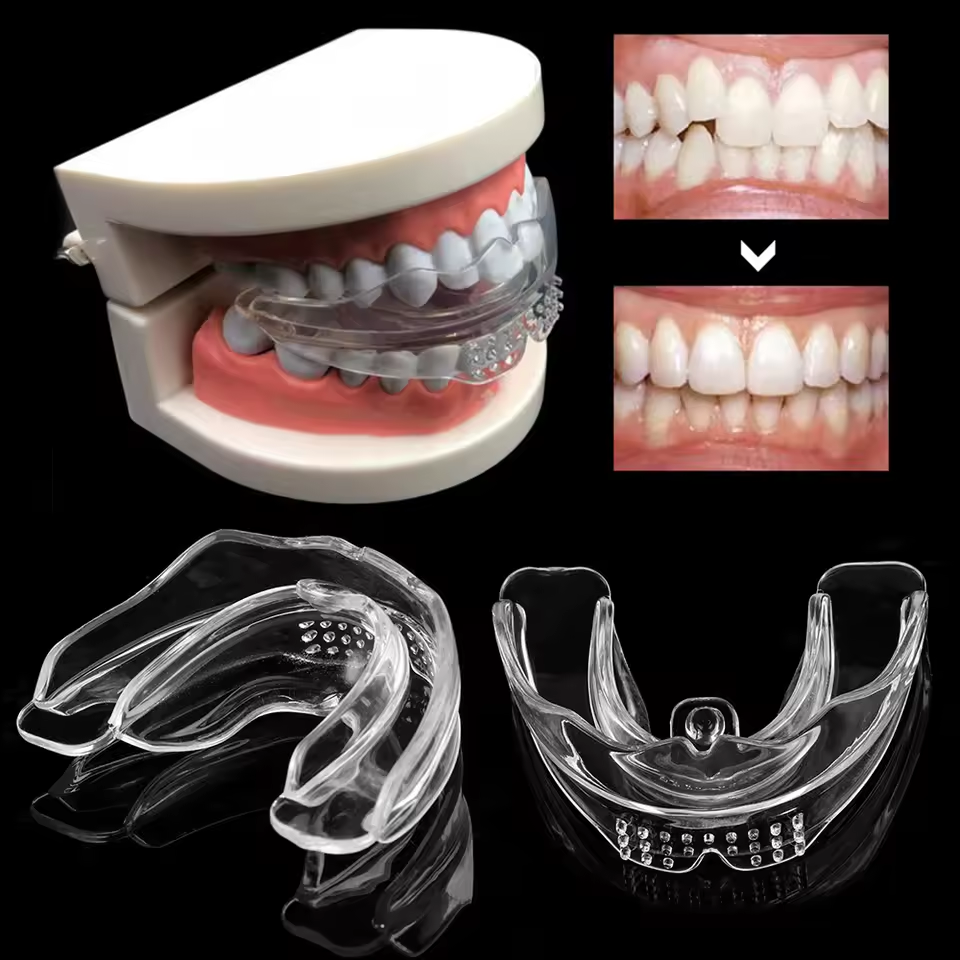
How to Properly Use an Electric Toothbrush with Braces
Proper technique is essential for braces wearers when using an electric toothbrush. Braces create many small, hard-to-reach spaces that require thorough cleaning. Focusing on the right brushing techniques ensures braces and teeth remain clean and healthy.
Tips for Effective Brushing with Braces
- Use the Right Angle: Hold the toothbrush at a 45-degree angle to your gums. This ensures contact with teeth and brackets.
- Brush Each Tooth Individually: Spend a few seconds on each tooth, moving the brush slowly and methodically.
- Focus on Brackets and Gumlines: Pay close attention to areas around brackets and along the gumline. These spots attract the most debris.
- Don’t Rush: Use the toothbrush’s built-in timer to brush for the recommended two minutes.
- Choose the Best Mode: Select a gentle or sensitive cleaning mode to protect your gums and braces.
- Rinse Between Brushing: Use water or mouthwash to remove debris that might loosen during brushing.
Cleaning Around Brackets and Wires
Cleaning around braces requires extra care to ensure all surfaces are clean. Here’s a step-by-step guide:
- Start with the Brackets: Position the brush head directly on the brackets. Let the vibration remove debris.
- Angle for Under Wires: Tilt the brush slightly to clean beneath the braces wires. This prevents plaque buildup.
- Clean Behind Teeth: Focus on the inner surfaces of teeth that are often overlooked.
- Don’t Forget the Gumline: Move the toothbrush gently along the gumline where plaque tends to accumulate.
- Inspect After Brushing: Use a dental mirror to ensure no food particles remain stuck near braces.
By following these tips, braces wearers can achieve a thorough clean every time. Using the best electric toothbrush for braces combined with proper brushing technique ensures a healthier smile during orthodontic treatment.
Common Mistakes to Avoid While Using an Electric Toothbrush
Electric toothbrushes improve oral care for braces wearers but can be misused. Avoid these common mistakes to ensure effective results.
Applying Too Much Pressure
Pressing too hard while brushing can harm teeth and gums. Braces wearers are particularly vulnerable to this damage. Most electric toothbrushes are designed to gently clean without excessive force. Using extra pressure can damage brackets or wires and irritate gums. Ensure you let the toothbrush do the work without manually forcing the brush head.
To prevent this mistake, choose a toothbrush with a pressure sensor. It alerts you when you’re pressing too hard. This feature helps avoid unnecessary strain on your teeth and braces.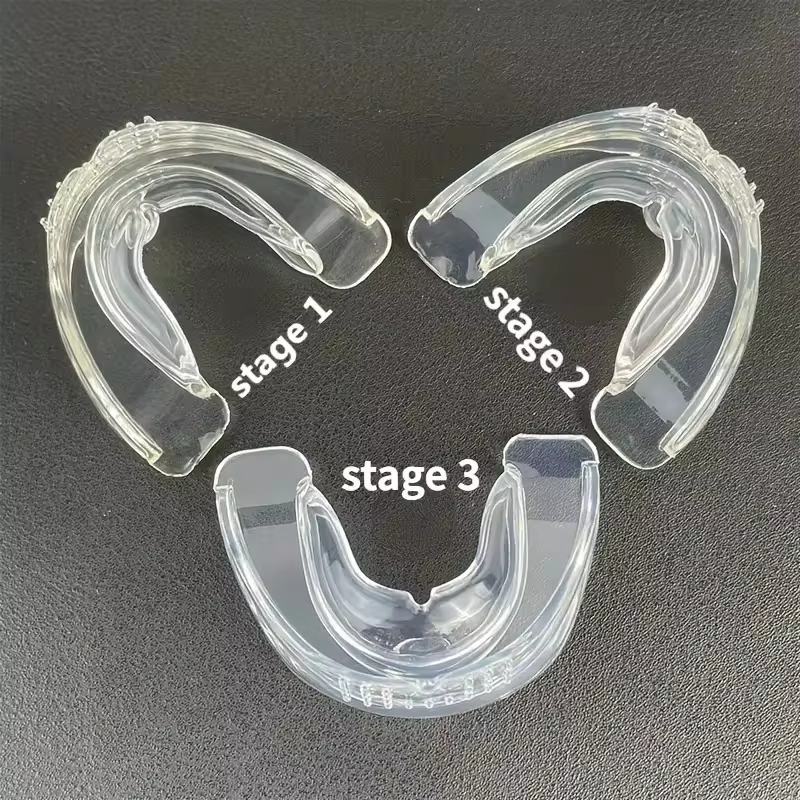
Overlooking Hard-to-Reach Areas
Braces create small spaces where food and plaque often accumulate. Missing these spots can lead to cavities and gum issues. It’s important to reach areas around brackets, wires, and near the gumline.
To clean thoroughly, focus on each tooth individually. Ensure every surface is covered, including the backs of teeth. A toothbrush with a small brush head can access tight spots more effectively. Using a dental mirror after brushing helps ensure no areas are missed.
Avoiding these mistakes helps maintain healthy teeth and braces. Pair proper technique with a quality electric toothbrush for the best results.
Frequently Asked Questions About Electric Toothbrushes for Braces
Are Electric Toothbrushes Safe for Braces?
Yes, electric toothbrushes are safe for braces when used correctly. Their advanced features help clean around brackets and wires without causing damage. Soft bristles and gentle cleaning modes reduce the risk of harming orthodontic components. Modern electric toothbrushes are designed to provide thorough cleaning while protecting your teeth and braces. Many orthodontists recommend them for better plaque removal and gum health.
How Often Should Brush Heads Be Replaced?
Brush heads should be replaced every three months. Over time, bristles wear out, reducing cleaning effectiveness. Damaged or frayed bristles can harm your braces or gums. If the bristles show wear sooner, replace the brush head earlier. Regular replacement ensures optimal cleaning performance and better oral hygiene during your orthodontic treatment.
Maintaining Your Electric Toothbrush
Proper care extends the life of your electric toothbrush. It also ensures effective oral hygiene for braces. Follow these simple tips to clean and store your device properly.
Cleaning and Storing Your Device
- Remove Brush Head Weekly: Detach the brush head and rinse to remove trapped debris.
- Clean Base Regularly: Wipe the handle and base with a damp cloth to avoid buildup.
- Avoid Submerging: Never immerse the device fully in water to prevent damage.
- Air Dry After Use: Let your toothbrush dry after brushing to avoid mold or bacteria.
- Store Upright: Place the device in an upright position. Use a stand or case for protection.
- Travel Cases: Store your toothbrush in a travel-safe container when you’re on the go.
Proper cleaning and storage not only maintain hygiene but also increase the life of your toothbrush.
Troubleshooting Common Issues
- Brush Stops Working: Check the battery. Recharge or replace it if necessary.
- Worn Bristles: Replace the brush head every three months or sooner if it looks worn.
- Weak Vibration: Ensure the brush head is properly attached to fix vibration issues.
- Water Damage: Avoid water contact with the power port. Dry thoroughly if exposed.
- Charging Problems: Verify if the charger is plugged correctly and functioning. Replace if faulty.
- Odd Noises: Inspect for debris inside. Clean and reattach parts to correct unusual sounds.
Taking swift action can resolve minor problems and keep your toothbrush in working condition. Maintaining your electric toothbrush ensures consistent oral care during orthodontic treatment.
Final Tips for Choosing the Right Electric Toothbrush for Braces
Selecting the best electric toothbrush for braces can greatly improve oral hygiene. The right device ensures effective cleaning while protecting braces. Here are practical tips to help you make the best choice.
Consulting with Your Orthodontist
Your orthodontist knows your specific oral health needs. Before purchasing, seek their advice. They can recommend toothbrushes that work well with your braces. Orthodontists can suggest features like soft bristles, gentle modes, or pressure sensors. Their guidance ensures the toothbrush supports your braces treatment without causing damage.
Discuss your brushing habits and challenges with them. Their insights help you choose the most effective electric toothbrush.
Investing in Oral Hygiene Accessories
Complement your toothbrush with additional oral care tools. Water flossers are excellent for cleaning under wires and brackets. Interdental brushes help access tight spots that toothbrushes miss. Mouthwash strengthens teeth and protects against cavities.
Choose toothbrush heads designed for braces care. These heads ensure precision cleaning around brackets and wires. Accessories improve overall hygiene, preventing plaque buildup and gum issues.
Investing in these tools ensures better oral health while wearing braces and long after.

